Grenada CBI: Cultural Orientation - Jab Jab and Sound
Grenada Citizenship by Investment is evolving to emphasise cultural orientation as part of Grenada CBI Requirements. Grenada’s Jab Jab culture and music embody the island’s history, resilience, and vibrant identity. Jab Jab has evolved into a powerful symbol of freedom, pride, and cultural expression, celebrated most prominently during the annual Spice Mas carnival. Jab music - characterised by its snare drum beats, conch shells, and chants - has grown into a mainstream force across the Caribbean and diaspora carnivals. Understanding traditions like Jab Jab ensures new citizens appreciate and connect with the country’s rich heritage.
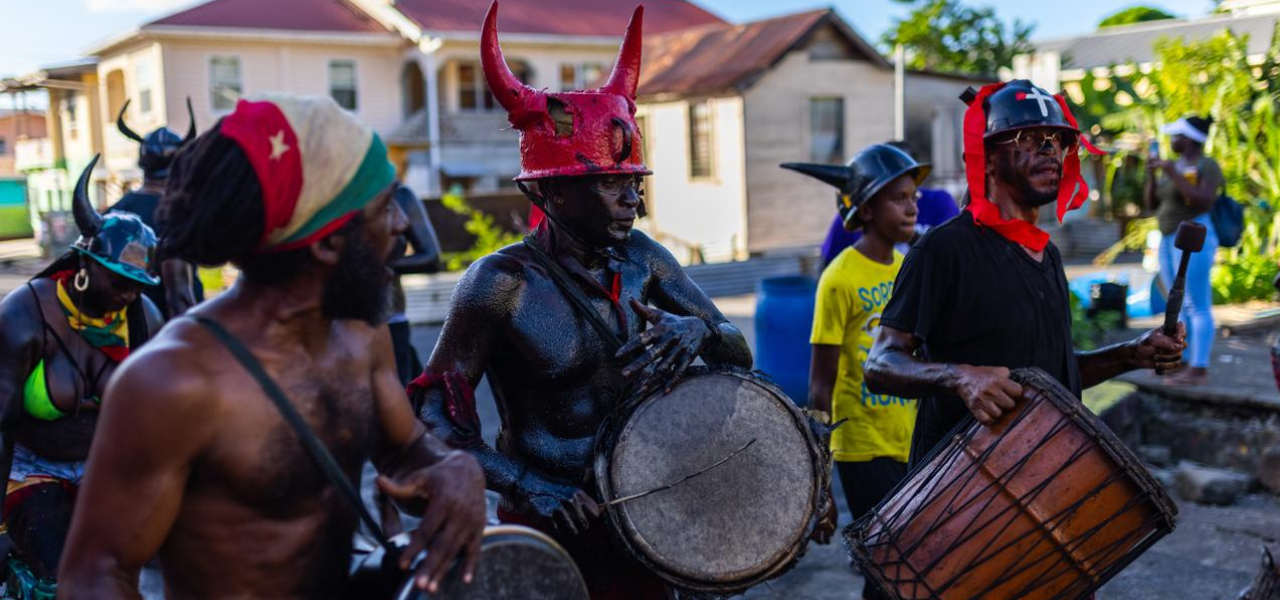
Noting the evolving importance of cultural orientation in Grenada Citizenship by Investment, we continue to explore snippets of Grenada’s unique culture. As Grenada CBI requirements expand to emphasise a genuine connection to the country, in this article, we touch on Grenada’s Jab Jab culture and Jab music.
Grenada is the home of Jab Jab masquerade and what is dubbed “Jab Music”. Colloquially, there is a saying that Grenada is home to 100,000 Jab Jab, which is nearly the entire population of the country. Whilst it is not the actual full population that plays Jab Jab, the masquerade has emerged as one of the longest-preserved and most popular traditional forms of masquerade in Grenada.
What is Jab Jab?
Jab Jab is a traditional form of masquerade that originated in Grenada and is featured primarily during its carnival season, Spice Mas, on J’ouvert morning. This form of masquerade started during slavery, where slaves were occasionally allowed to engage in festivities prior to the commencement of the Lenten season on the Catholic Christian calendar. In those festivities, the enslaved people of African descent living on the island painted their skin black and wore the horns of animals as a satirical depiction of the slave owners, whom enslaved people viewed as devils. In those festivities, the Afrocentric roots of the enslaved were on display with drumming, dancing and chanting.
Over the decades, Jab Jab masquerade has continued on and is now considered to be a full representation of resistance and revolt in memory of and honouring the struggles from enslavement to freedom, having moved away from being a depiction of merely a devil. Additionally, it is an embracing of the beauty of what is black and the joy and triumph of the freedoms gained and liberation.
.png)
What is used to play Jab Jab?
Black pigmentation is the main feature of Jab Jab mas. People use any black substance that will make one’s skin black and greasy. Primarily, charcoal and old engine oil are used, and at times, but on a lesser scale, black paint. Prior to applying charcoal or such black substances, the skin is coated or layered with grease such as shortening or petroleum jelly, which helps give that shiny glistering effect.
Accessories are also a key and fun part of playing Jab Jab. There are black hats with horns of different shapes and sizes, worn primarily by those who maintain the traditional aspect of the masquerade. These horns are made from hard-shell caps, with preserved horns from either cows or goats affixed to the sides. Additionally, Jab Jabs tend to have heavy metal chains being dragged - the metal chains being dragged symbolise freedom from the shackles of slavery as it were those chains that were used to keep the enslaved captive.
Accompanying the blackened skin and accessories is the Jab Jab rhythm played on snare drums, the blowing of conch shells, together with chants that often reference current social issues in the country. That pulsating melodic rhythm accompanies any group of traditional Jab Jab masquerades parading through the streets.
Notably, the Jab Jab rhythm has evolved into a mainstream form of music in Grenada and jurisdictions where Caribbean carnivals are played such as Trinidad & Tobago, St. Vincent & the Grenadines, St. Lucia, Antigua & Barbuda, Notting Hill Carnival in England, Miami Carnival and Labour Day parade in Brooklyn, New York.
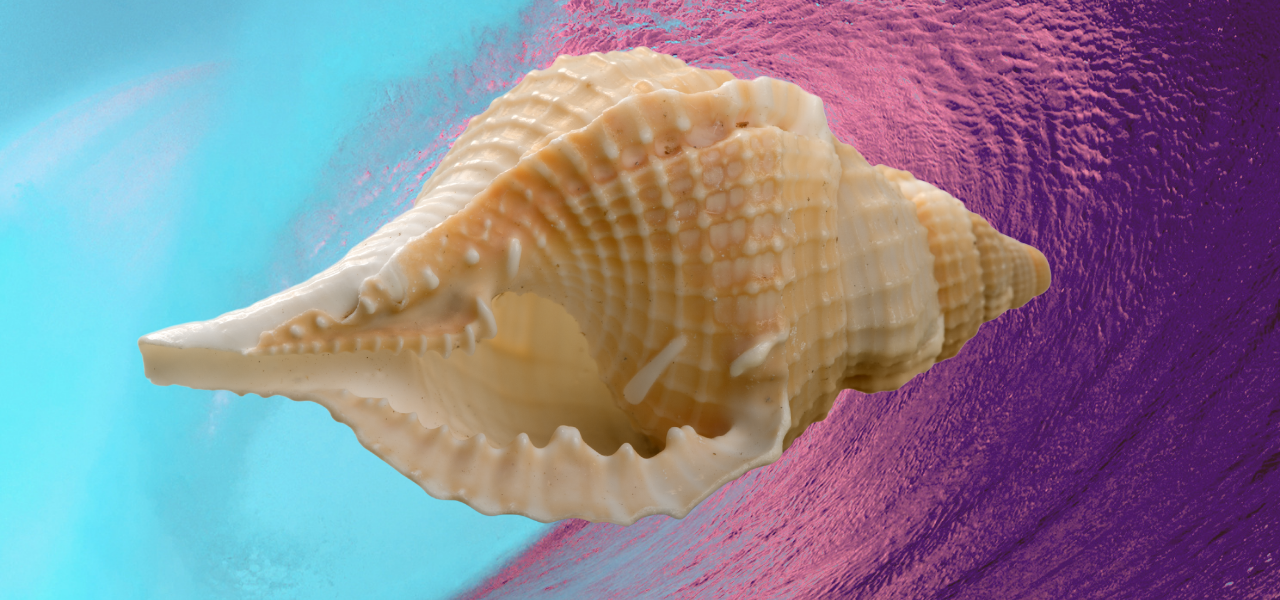
What is mainstream Jab Music?
Jab music is distinguished by the snare drum pattern, conch shell, and lyrical chant that accompany the rhythm. The recording of what are the traditional snare drums, conch shell blowing and chants of Jab Jab masqueraders into mainstream music in the soca music genre originated in Grenada in 1991. The first song of its type was Jambalasee Rule performed by the Grenadian band Moss International, produced by the late Don Charles. The lyrics of that song was a commentary on political parties, taxation and frustrations from everyday working people.
Several popular Grenadian singers have all incorporated the traditional drum patterns, conch shells and other elements of the sounds played during Jab Jab masquerade into their music. A few of the more well-known Jab songs are Tallpree “Old woman alone”, General Pepe “Never say never”, Cloud 5 “No Behaviour Whole Place Shell Down”, V'ghn & Terra D Governor “Jab Decisions”, Synnah “Ten Jab commandments”, Mandella Links “Tombstone”, Muddy “Payroll”, Mr. Killa “Run wid it”.
Final Thoughts

Grenada’s Jab Jab Culture and Jab music offer a vibrant, deeply rooted lens through which one can truly understand the island’s culture, resilience, and spirit. What began as a form of defiant expression during slavery has transformed into a powerful symbol of identity, liberation, and pride for Grenadians. As Grenada CBI requirements increasingly emphasise cultural orientation, traditions like Jab Jab ensure that new citizens under the Grenada Citizenship by Investment Programme gain a deeper appreciation for the country’s heritage. The tradition of Jab Jab masquerade—marked by blackened skin, horns, chains, and rhythmic drumming—continues to honour the past while evolving in step with the present. Meanwhile, Jab music has transcended its traditional roots to become a dynamic and influential force in the broader Caribbean music scene, carrying with it the pulse, history, and voice of Grenada. To know Grenada is to feel the beat of Jab, to witness its masquerade, and to embrace the unbreakable cultural legacy that it represents.
Frequently Asked Questions
1. When is Jab Jab played?
Jab Jab is played during Grenada’s carnival season, on the second Monday of August each year, in a street parade that begins at foreday morning.
2. Why is cultural orientation being considered for new citizens under Grenada’s CBI Programme?
With proposed changes to the Citizenship by Investment framework in the OECS as seen in the draft Eastern Caribbean Citizenship by Investment Regulatory Authority Agreement Act which proposes to introduce requirements for a genuine link to the country, new citizens of Grenada will be required to undergo cultural orientation. The aim is to ensure that people obtaining citizenship via the Grenada CBI programme develop an appreciation for the unique features of Grenadian culture such as its traditional forms of masquerade and music to foster a deeper and more authentic connection to the country.
3. Where can I find out more about Jab Jab and source supplies to play Jab?
Jambalasse Grenada is an organisation dedicated to documenting and preserving Grenada’s traditional Jab Jab culture and its sound. Click this link to contact Jambalasse Grenada and source Jab Jab supplies.




.svg)





.png)


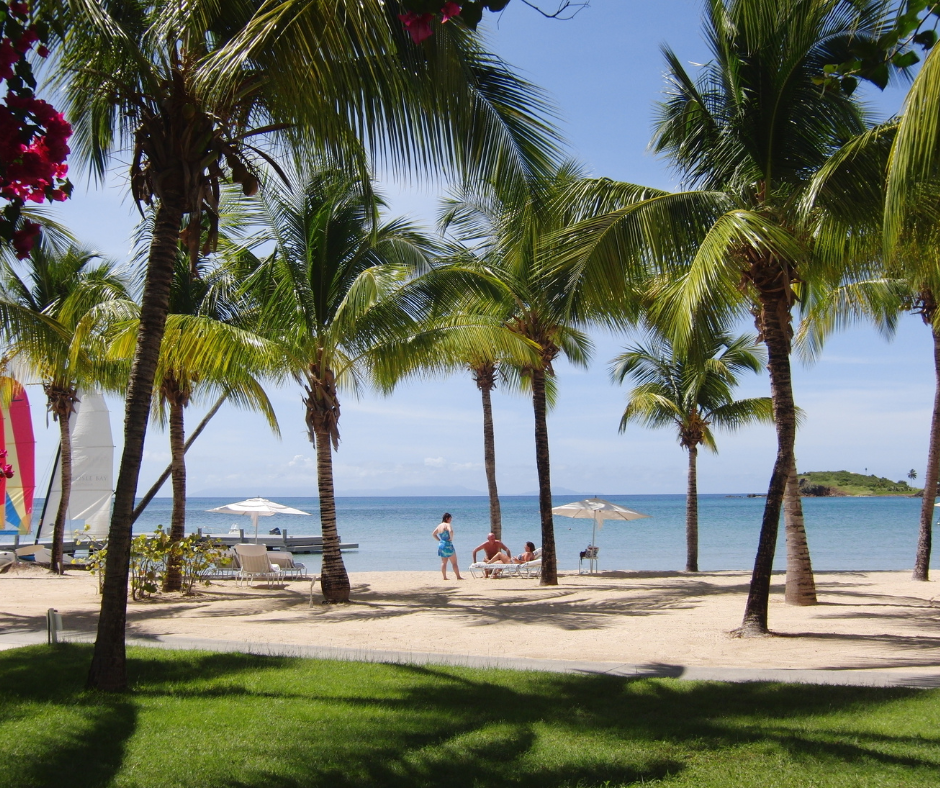
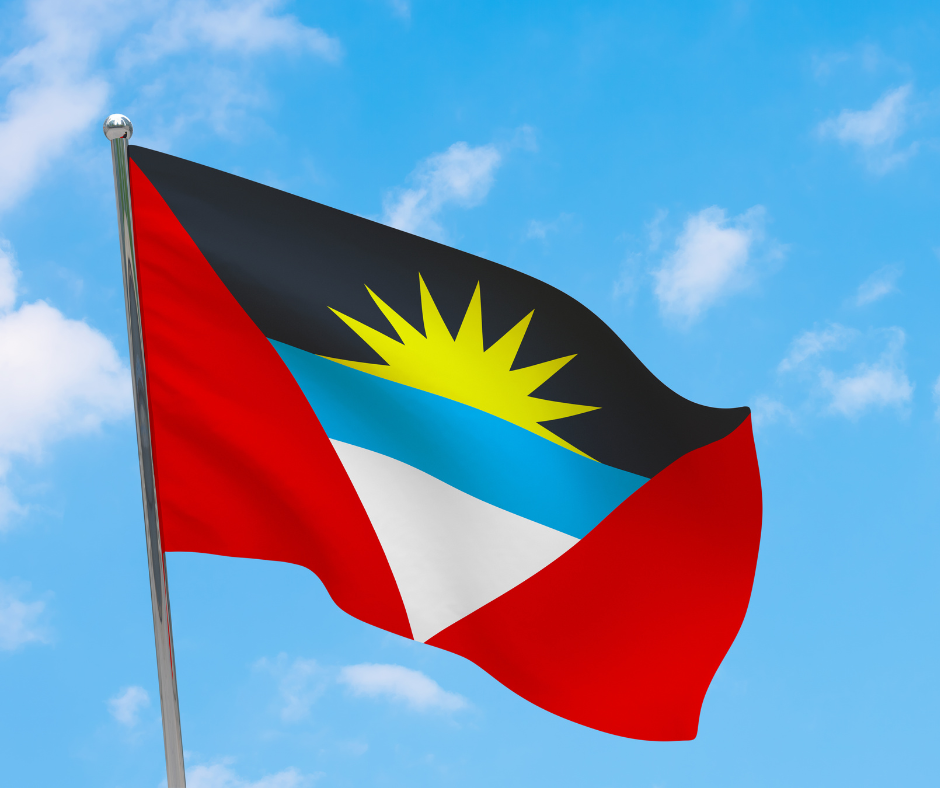
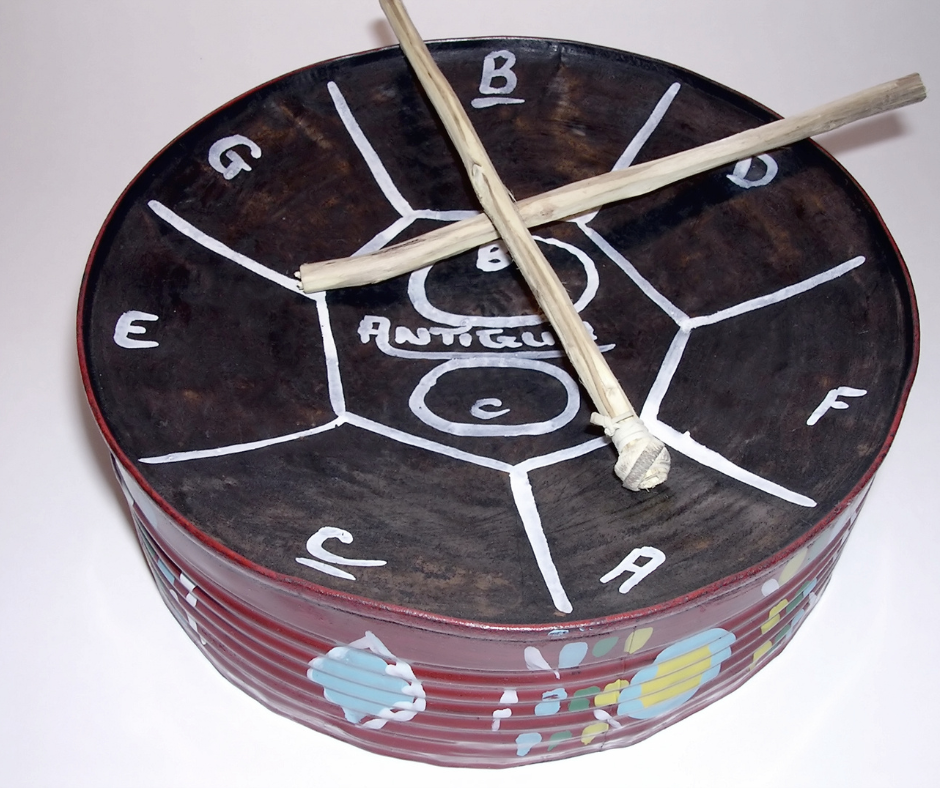
.png)

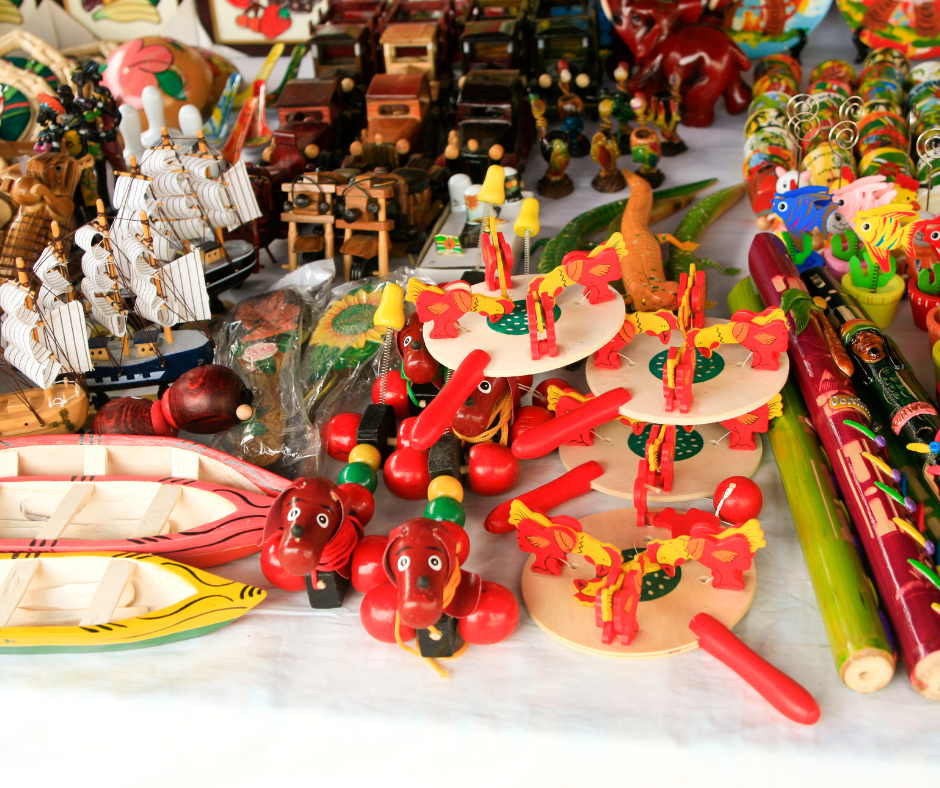

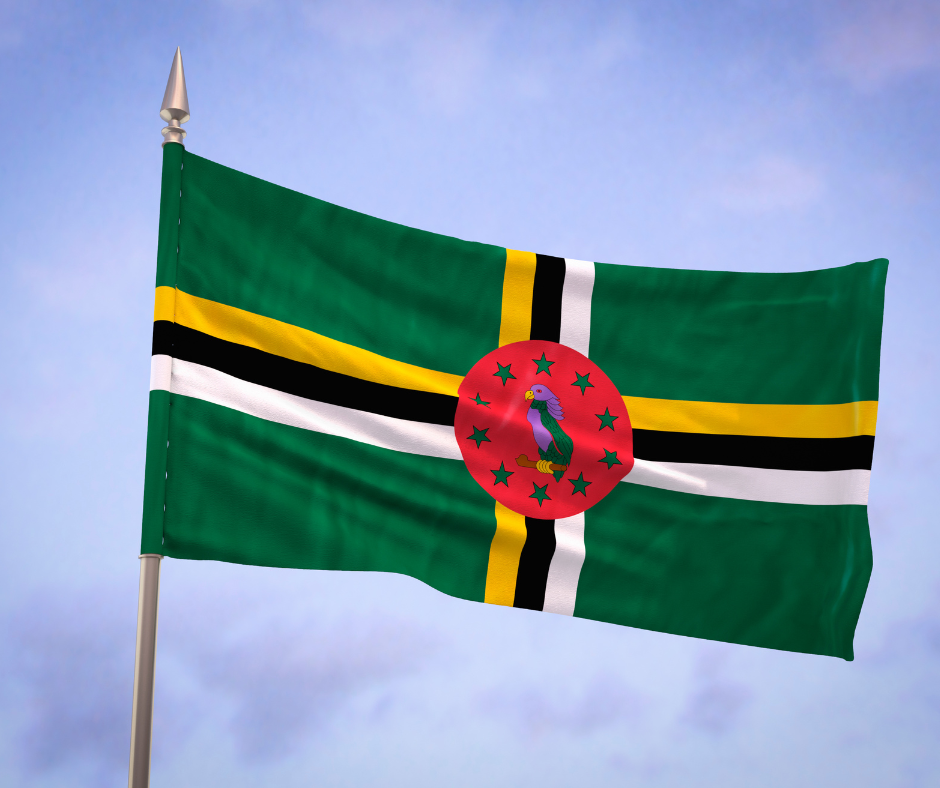

.png)
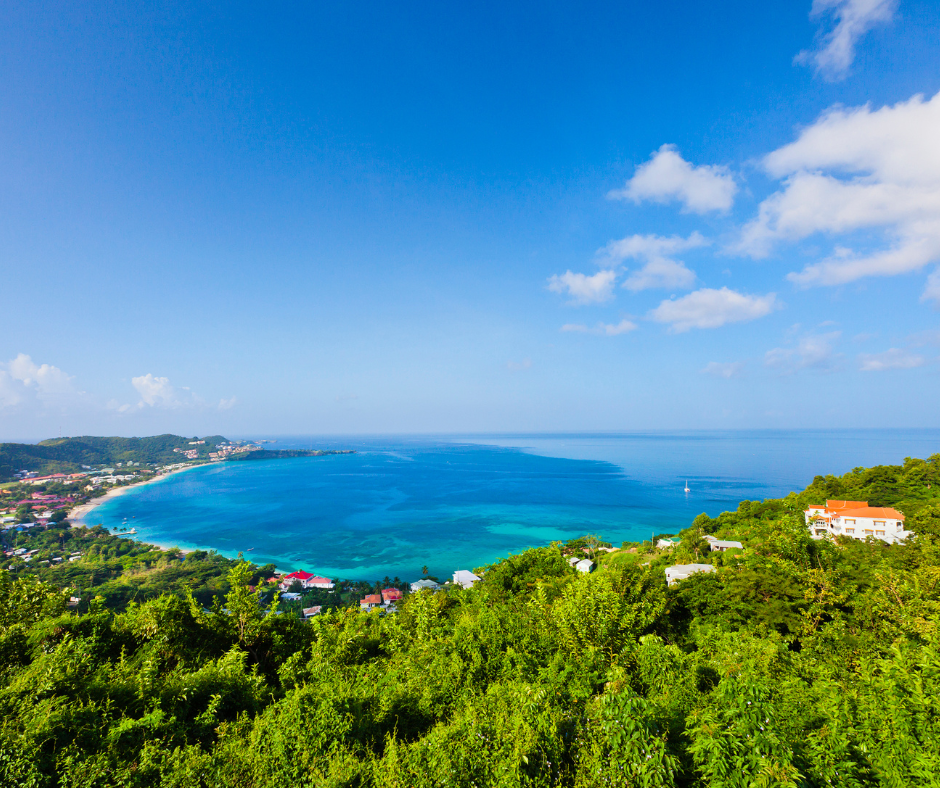
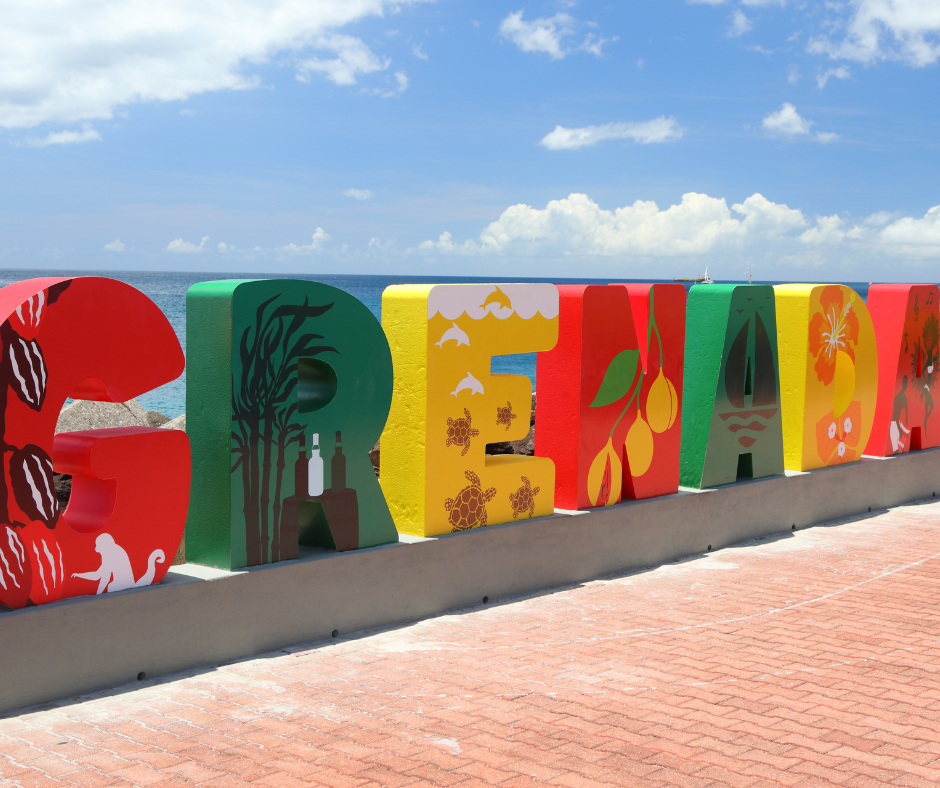
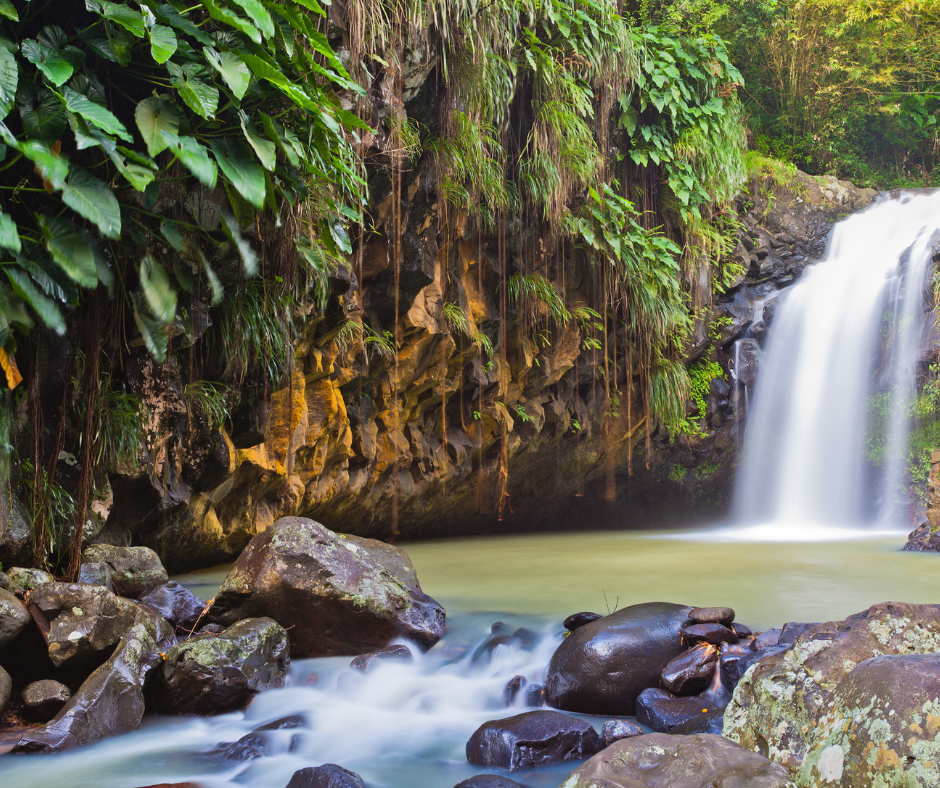


.png)
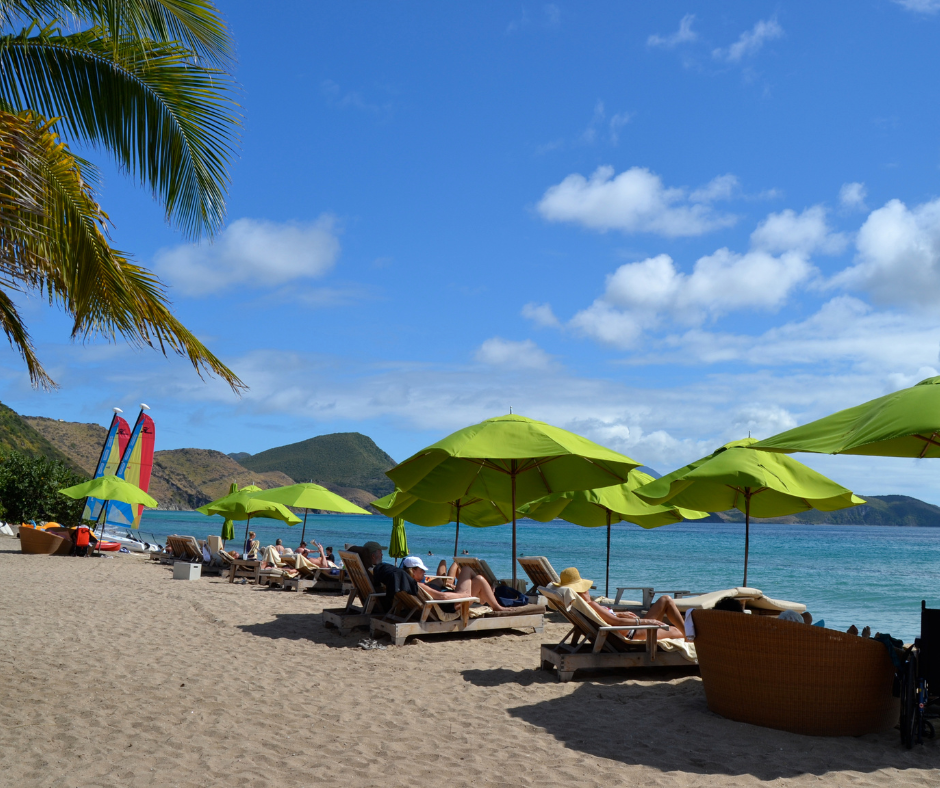


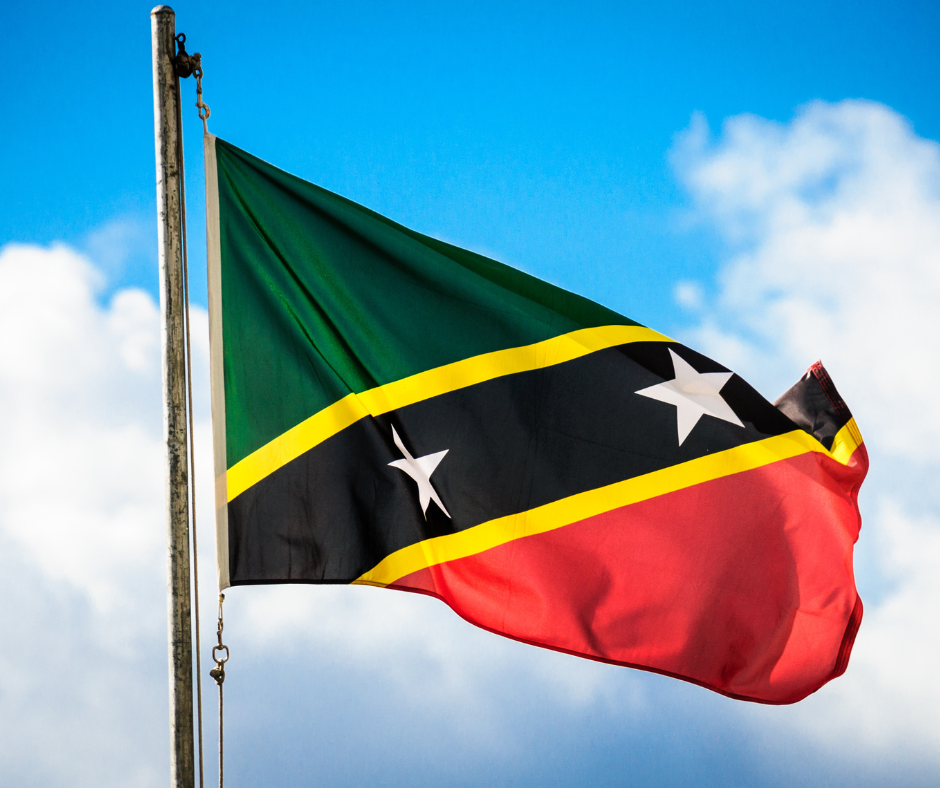

.png)
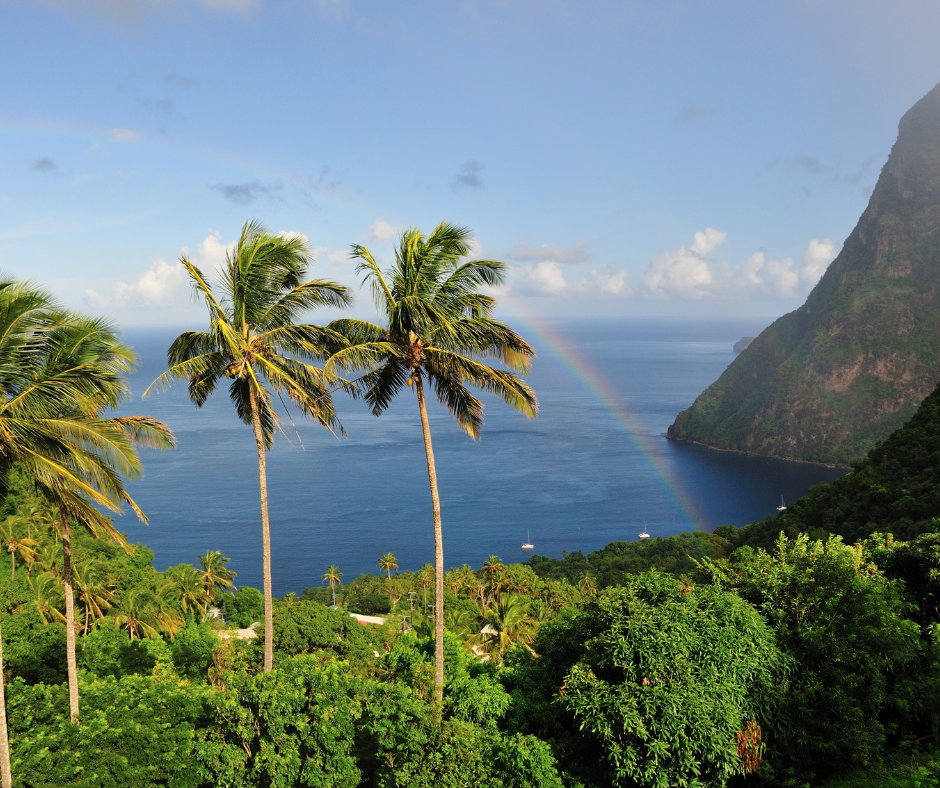
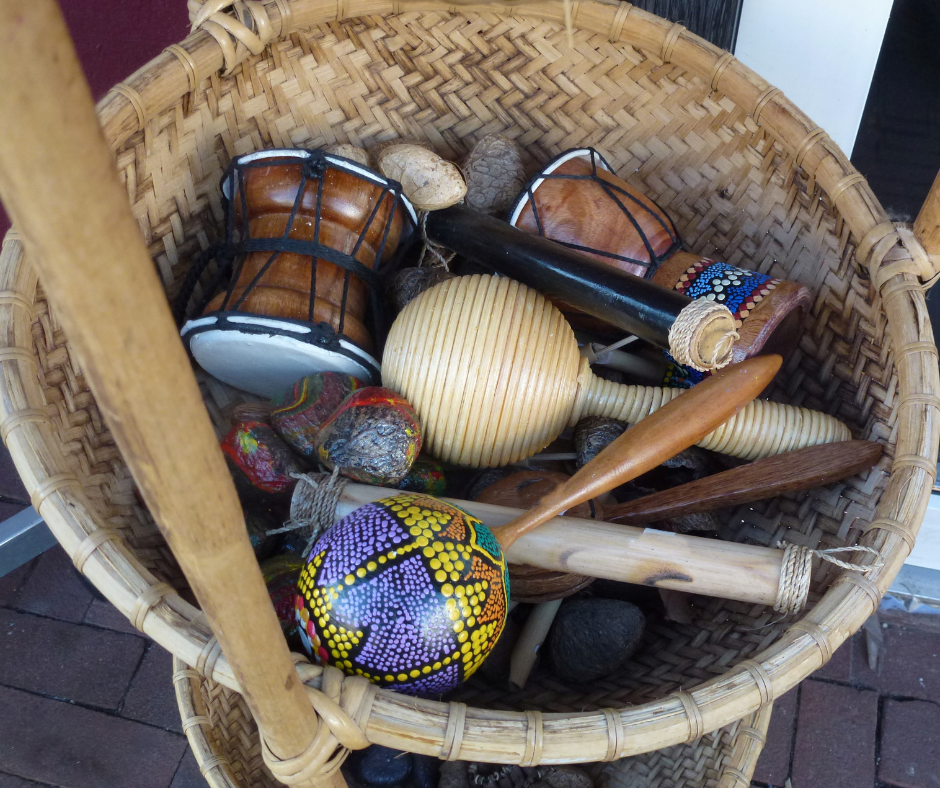


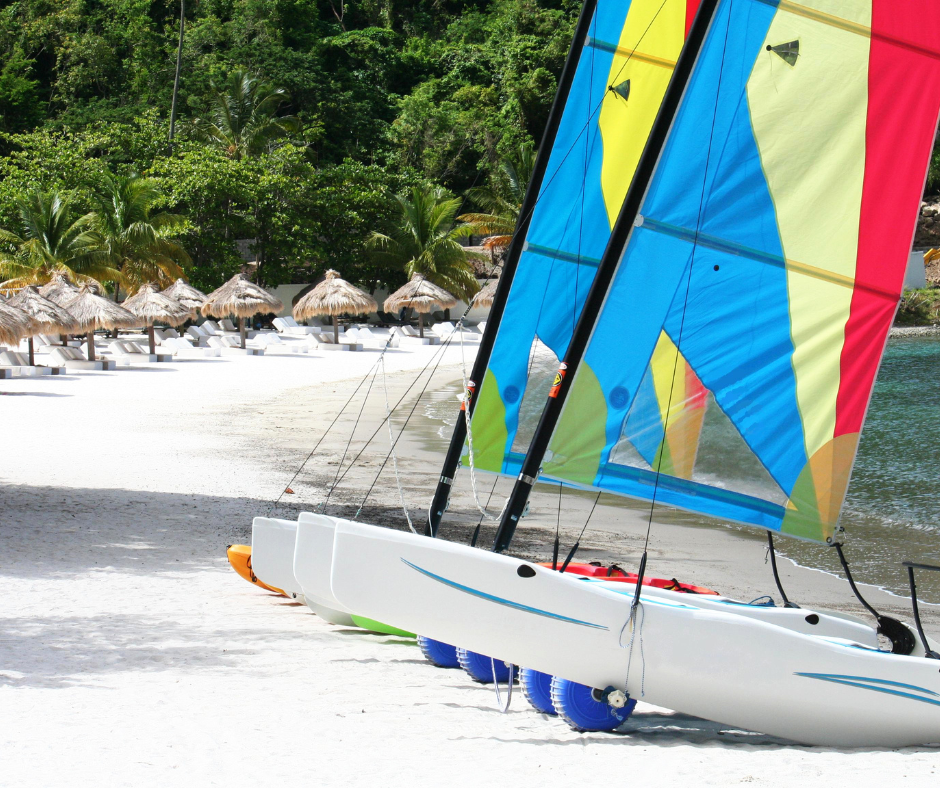
.png)

.png)
